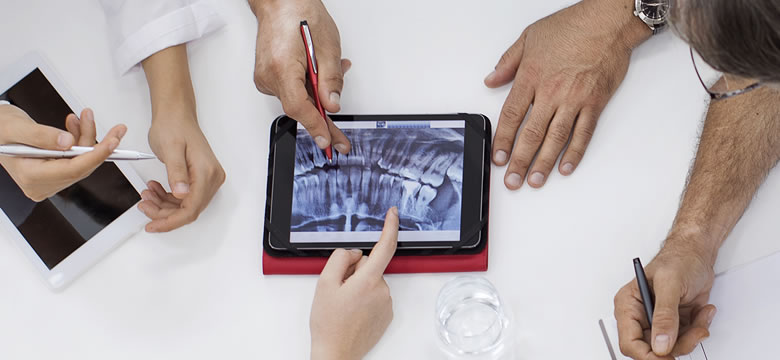
Information technology has transformed the way that a vast number of industries do business on a day-to-day basis. Among others, the healthcare industry continues to benefit tremendously from these technological advances. These innovative examples to the industry demonstrate how IT has greatly influenced healthcare today.
One of the biggest improvements IT has made to healthcare involves enhancing overall patient care. IT now allows patient care data to be shared and transmitted across a variety of means including:
IT also allows doctors and stakeholders in the industry to ingest, analyze, and expose data as needed. Improvements to data privacy and security protect healthcare providers and facilities against breaches and allows for an interoperability of healthcare data.
IT has also enhanced the connectivity of data in the healthcare industry. It allows various systems, applications, and devices among medical facilities and providers to “talk” to each other, allowing medical providers to devise a complete 360-degree view of individual patients.
Likewise, application programming interfaces, or APIs, allow for a more secured and controlled access to patient care data in either cloud or hybrid environments. In fact, APIs serve a specific purpose in exposing and orchestrating data together from multiple systems. This data can then be sent to medical mobile apps used by patients or by doctors, nurses, and other healthcare providers.
Thanks to improvements and advances in IT, healthcare data is becoming easier to learn and use. This technology is critical for a number of reasons including for its widespread adoption and ongoing use. Platforms are becoming more intuitive, which means doctors, nurses, and other providers should not require a lot of training before they can start using this virtual IT care technology. It has the potential to to serve as an alternative to access and deliver healthcare from virtually any geographical location and at any time.
Thanks to IT advancements in healthcare, patients regardless of where they are located will soon be able to receive high-quality medical care. Even if they are being treated in a small or rural hospital, they can benefit by having their doctors or providers connect to specialists in larger cities and at major hospitals for virtual consultations.
Health conditions that once warranted immediate transfers to bigger hospitals in cities miles away will become easier to diagnose and treat on site. This technology could reduce the amount of time it takes for patients to be seen and treated for a variety of health conditions. They also should enjoy lower costs since they will not need to be transferred to other medical facilities to receive treatment.
Likewise, IT advancements in healthcare will soon make it easier for doctors to send and receive real-time life saving communications to and from medical providers in other locations. They can get instant advice and help from specialists who work in hospitals or clinics across the city, state, or even country.
These instant communications will allow providers to get insight on matters like patient admissions, transfers, diagnoses, and treatment. It also means that patients regardless of their health conditions will get the right medical care at the right moment. They no longer have to wait for hours or perhaps even days to find out what is wrong with them and in what manner their doctors will treat them.
Advancements in information technology have benefited a wide array of businesses and industries but perhaps none as much as healthcare. These improvements continue to enhance the way that doctors, nurses, and other medical providers see, diagnose, and treat patients.
They enjoy better connectivity to medical specialists and patient care data that may not even be located in the same facility as where they work or to where the patients have been admitted. Patients likewise benefit by receiving faster and more affordable care regardless of their geographical location.